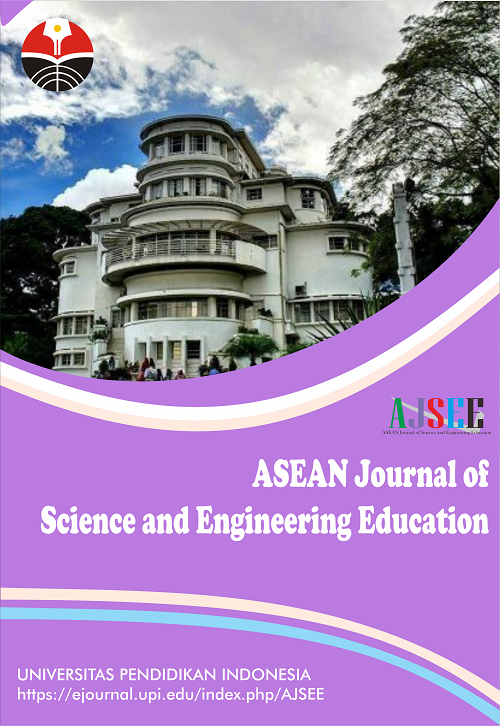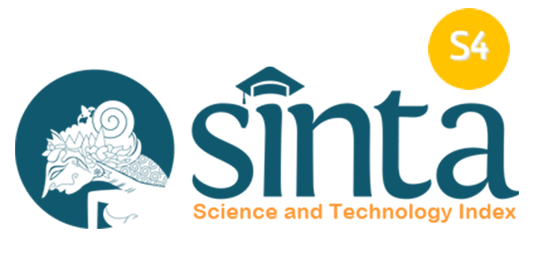Detail Experimental Procedure for the Construction Process of Robotic Devices to Teach Aspect of Auto Mechanic
Abstract
Keywords
Full Text:
PDFReferences
Babalola, E. O., and Omolafe, E. V. (2022). Construction process of robotic devices to teach aspect of auto mechanic in nigeria basic schools. ASEAN Journal of Science and Engineering Education, 2(1), 123-128.
Cheung, L. (2016). Using the ADDIE model of instructional design to teach chest radiograph interpretation. Journal of Biomedical Education, 2016, 1-6.
Eskandari, H., Fardanesh, H., and Sadeghzadeh Ghamsari, A. R. (2014). Contemporary scientific paradigms and learning theories. Journal of Educational Psychology Studies, 11(20), 1-32.
Kerr, C., and Phaal, R. (2015). Visualizing roadmaps: A design-driven approach. Research-Technology Management, 58(4), 45-54.
Khalil, M. K., and Elkhider, I. A. (2016). Applying learning theories and instructional design models for effective instruction. Advances in Physiology Education, 40(2), 147-156.
Monroe, R. T., Kompanek, A., Melton, R., and Garlan, D. (1997). Architectural styles, design patterns, and objects. IEEE software, 14(1), 43-52.
DOI: https://doi.org/10.17509/ajsee.v2i2.42765
Refbacks
- There are currently no refbacks.
Copyright (c) 2022 Universitas Pendidikan Indonesia

This work is licensed under a Creative Commons Attribution-ShareAlike 4.0 International License.














